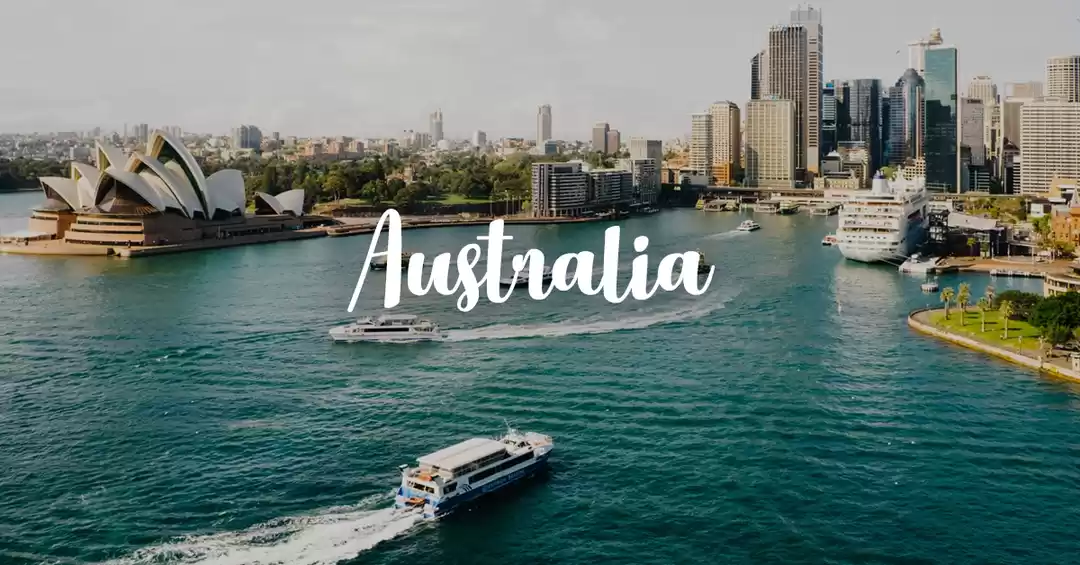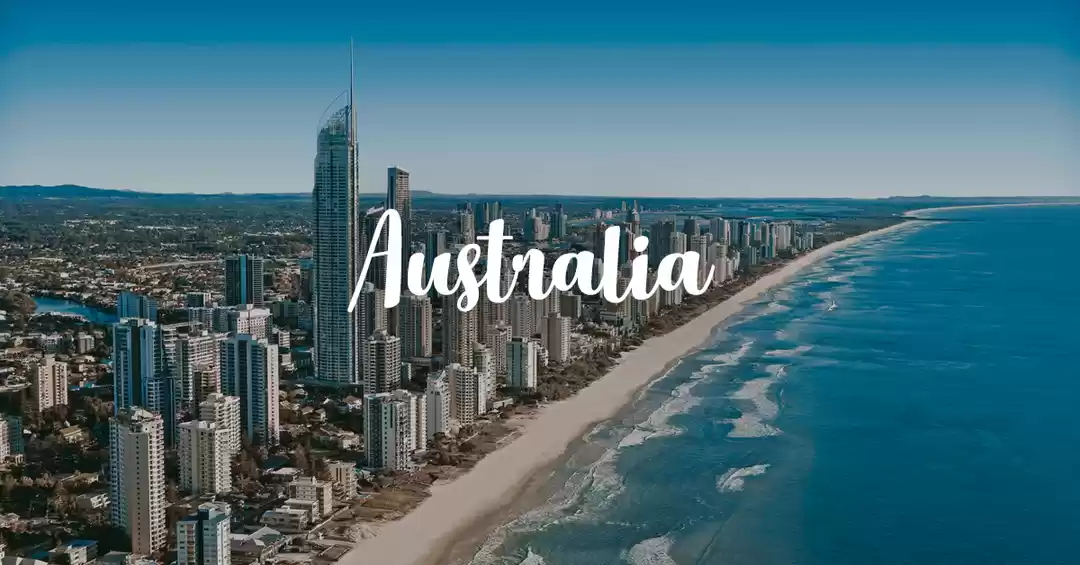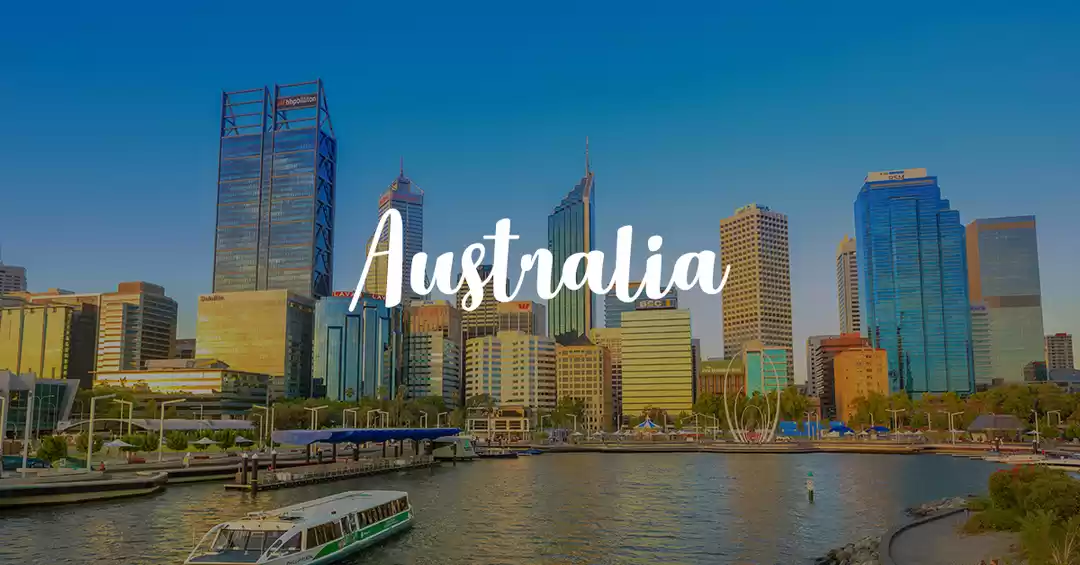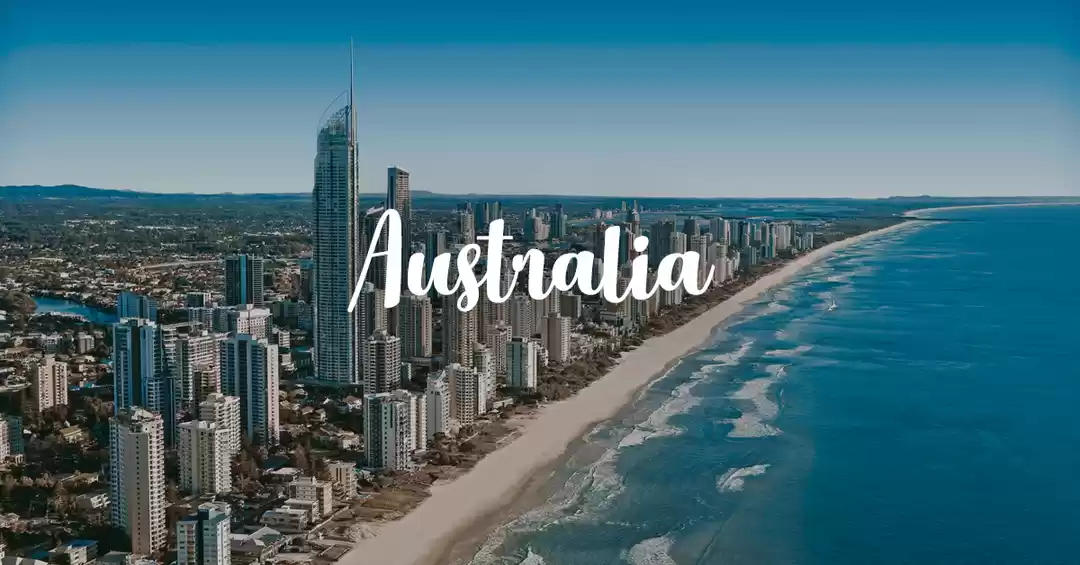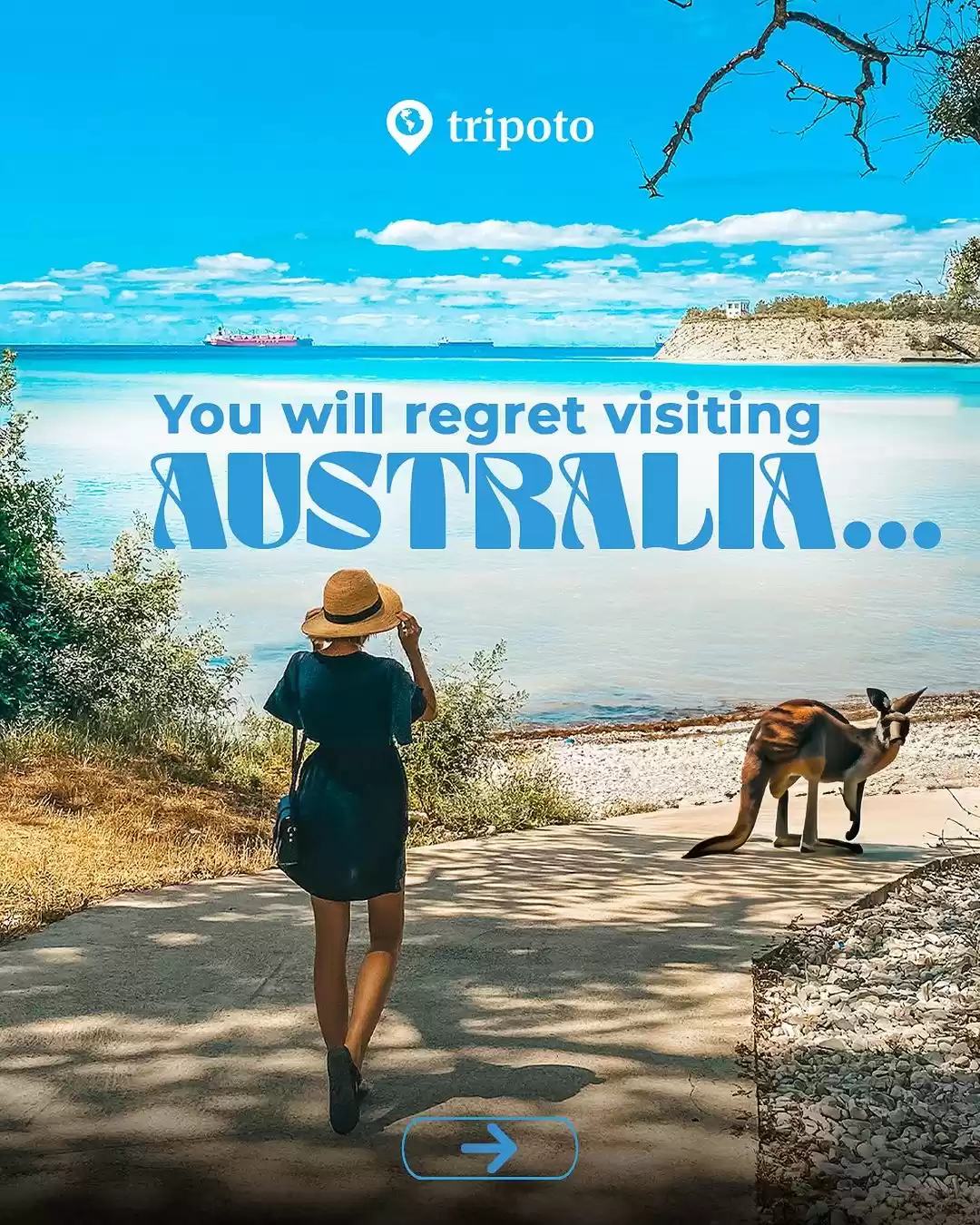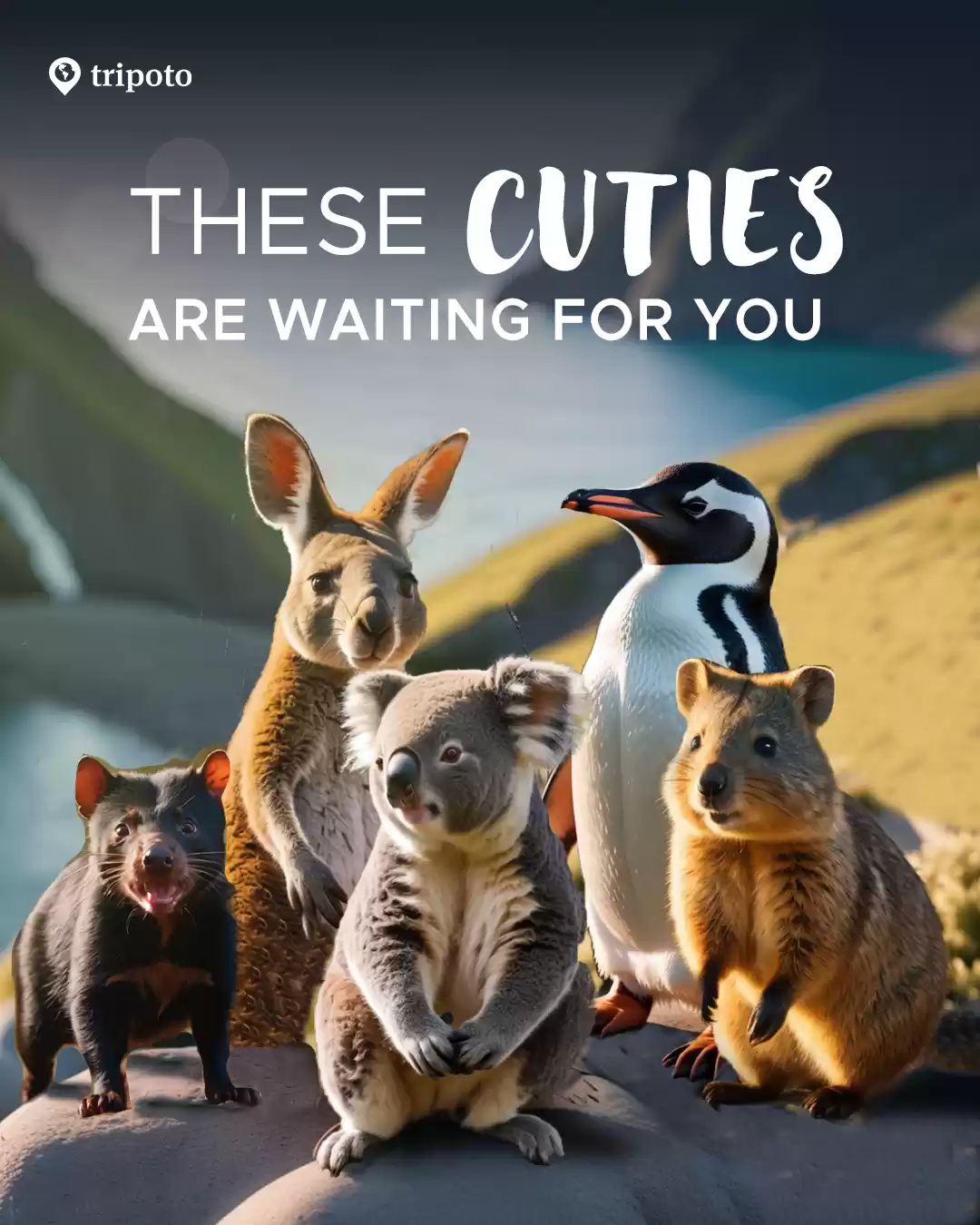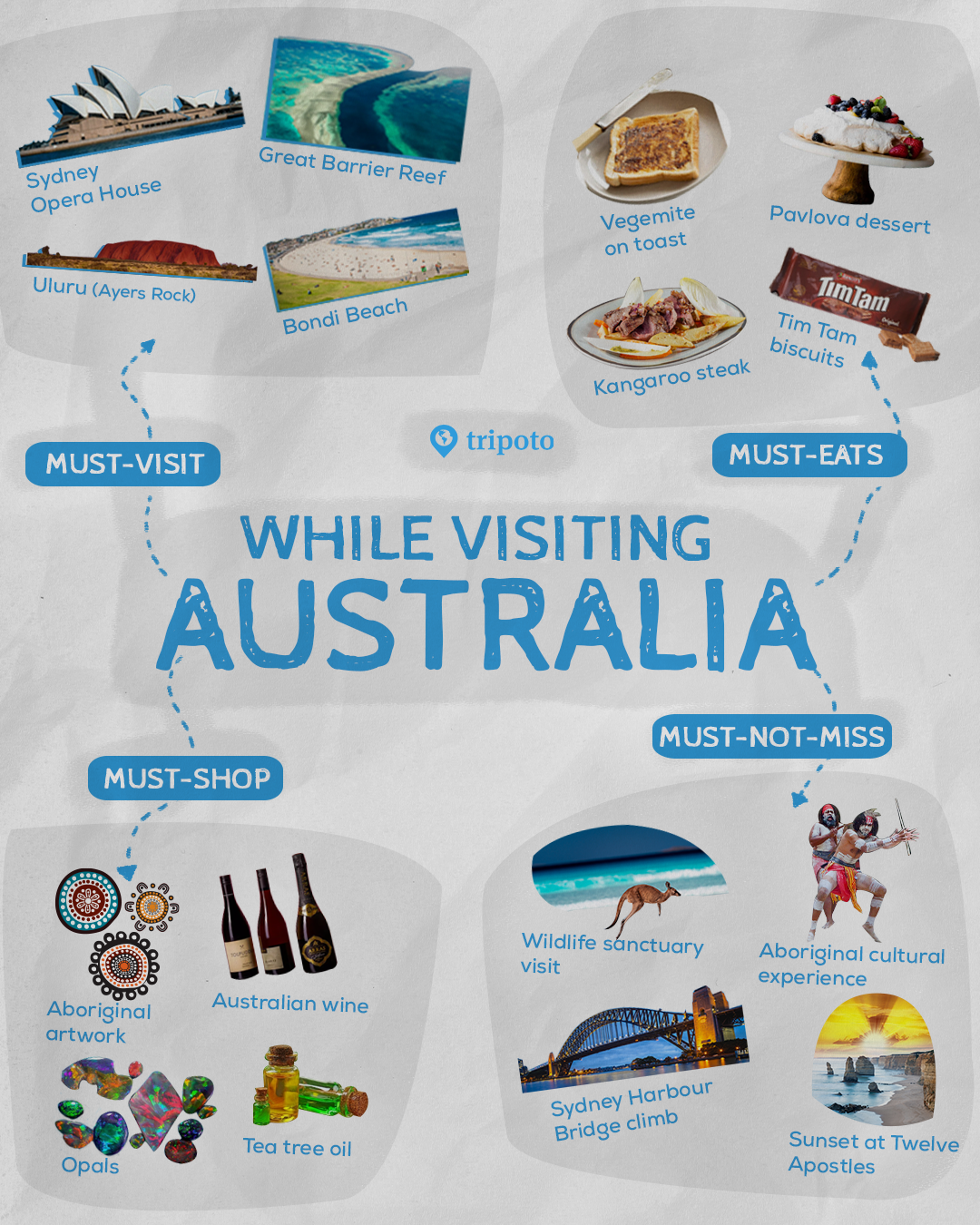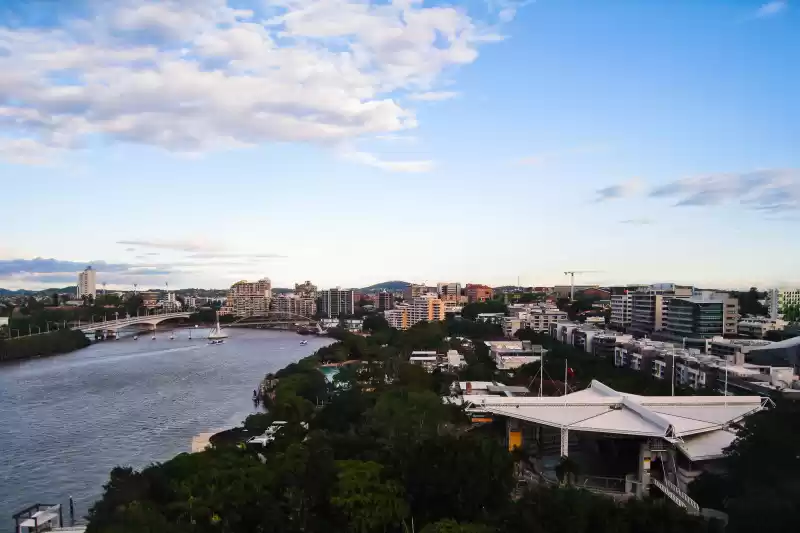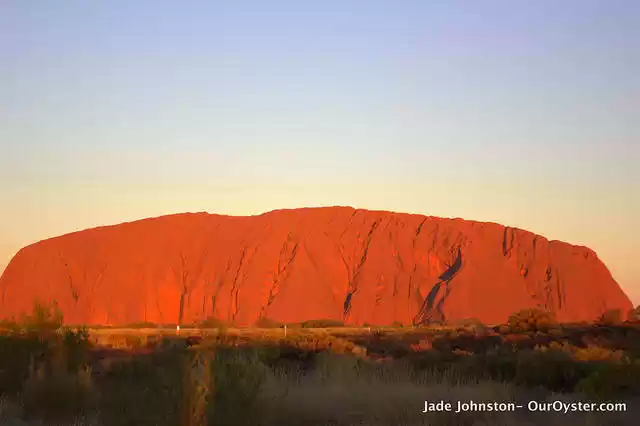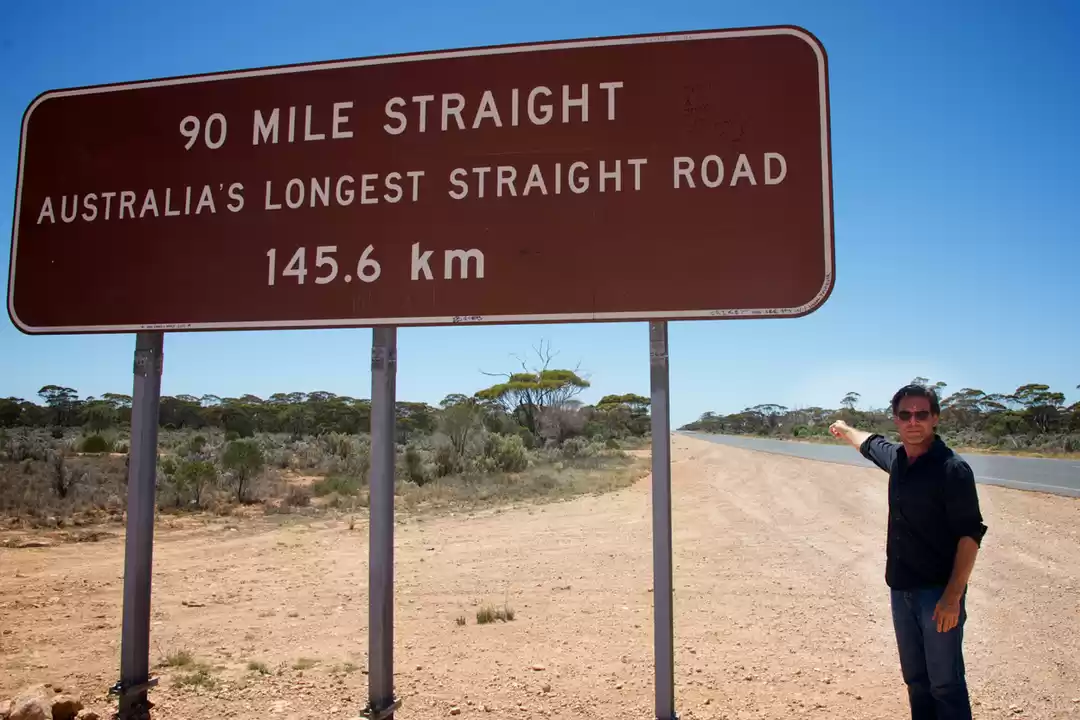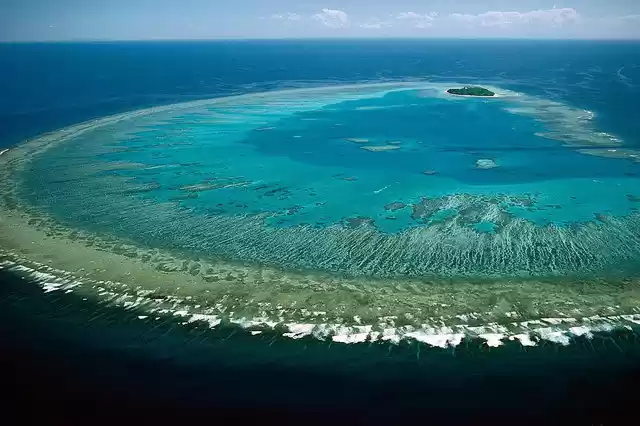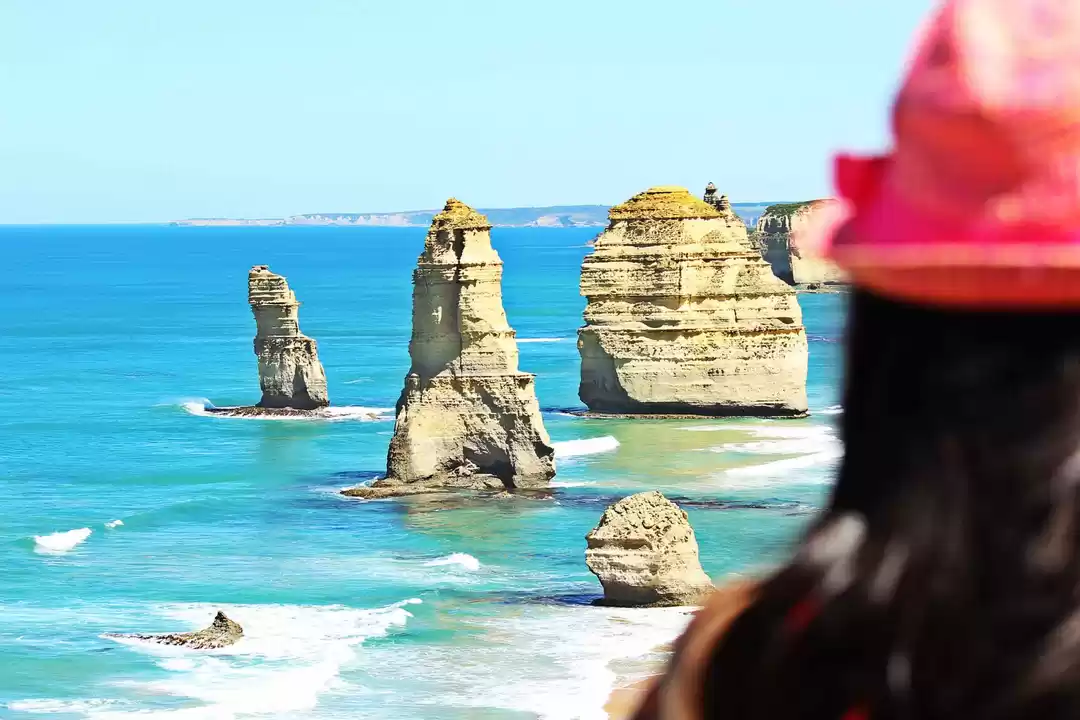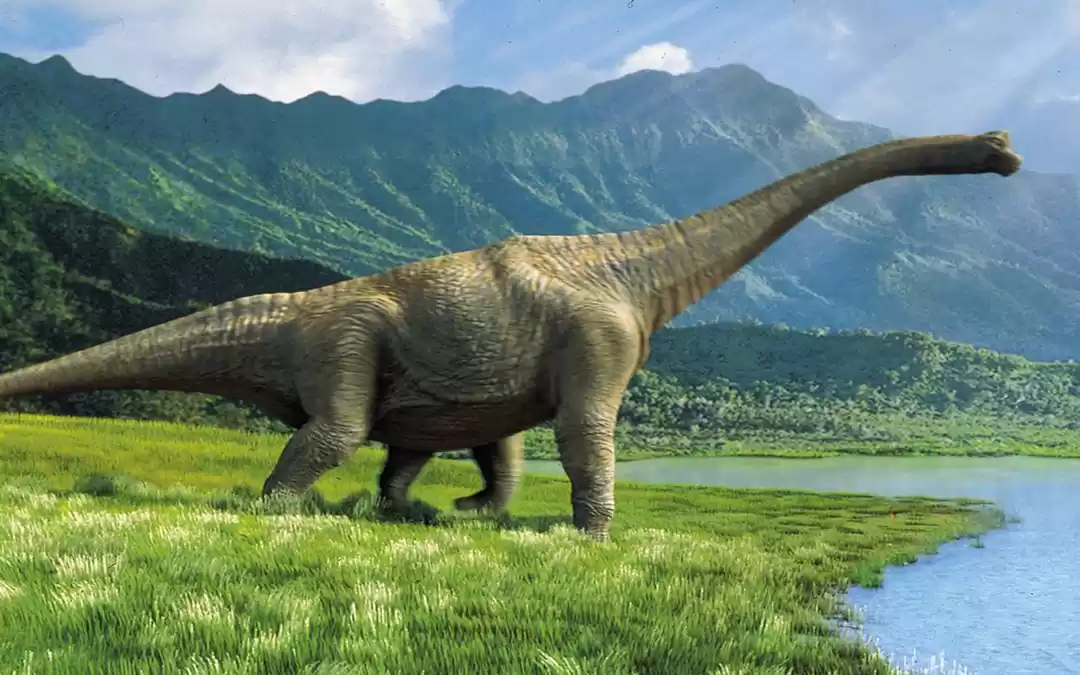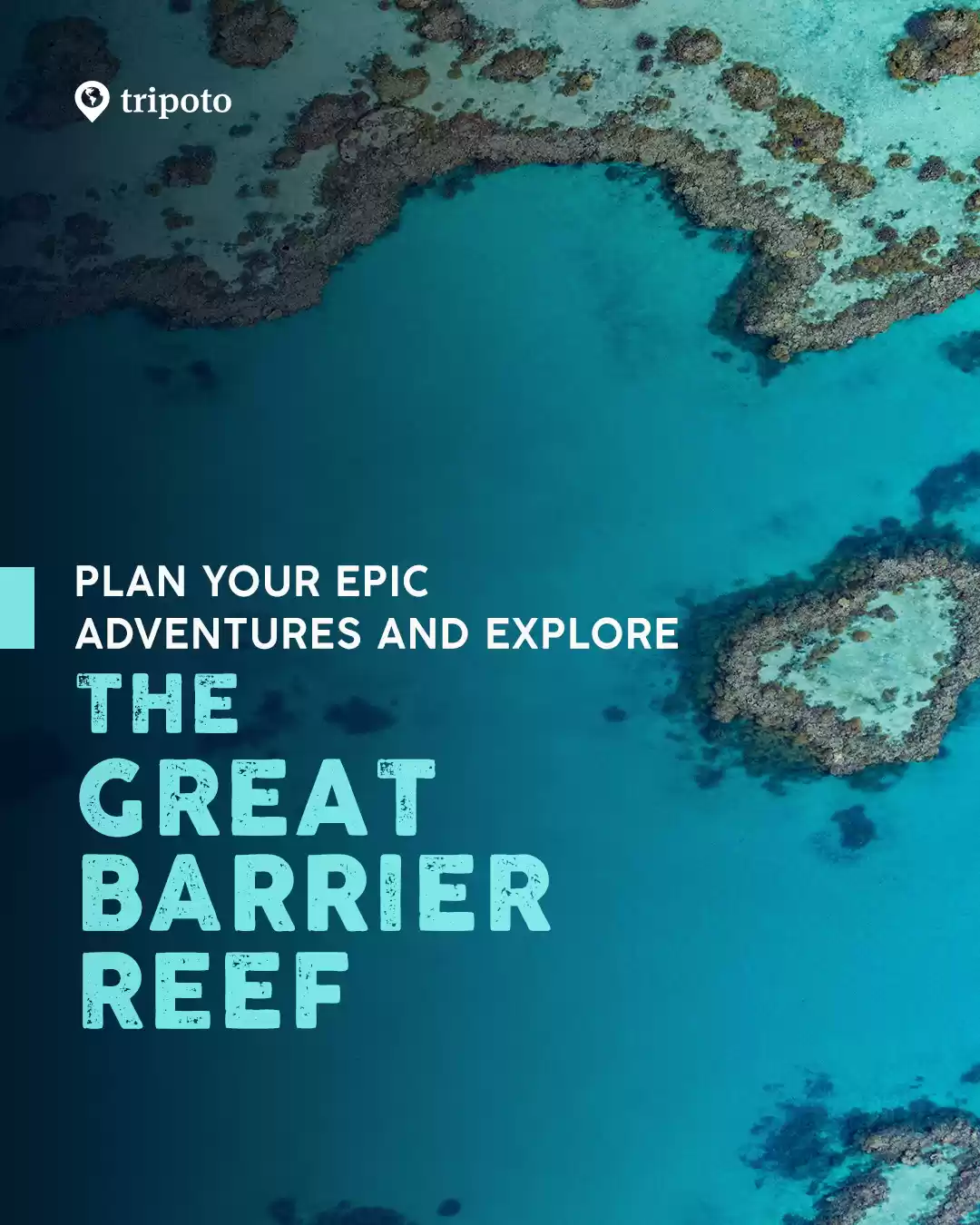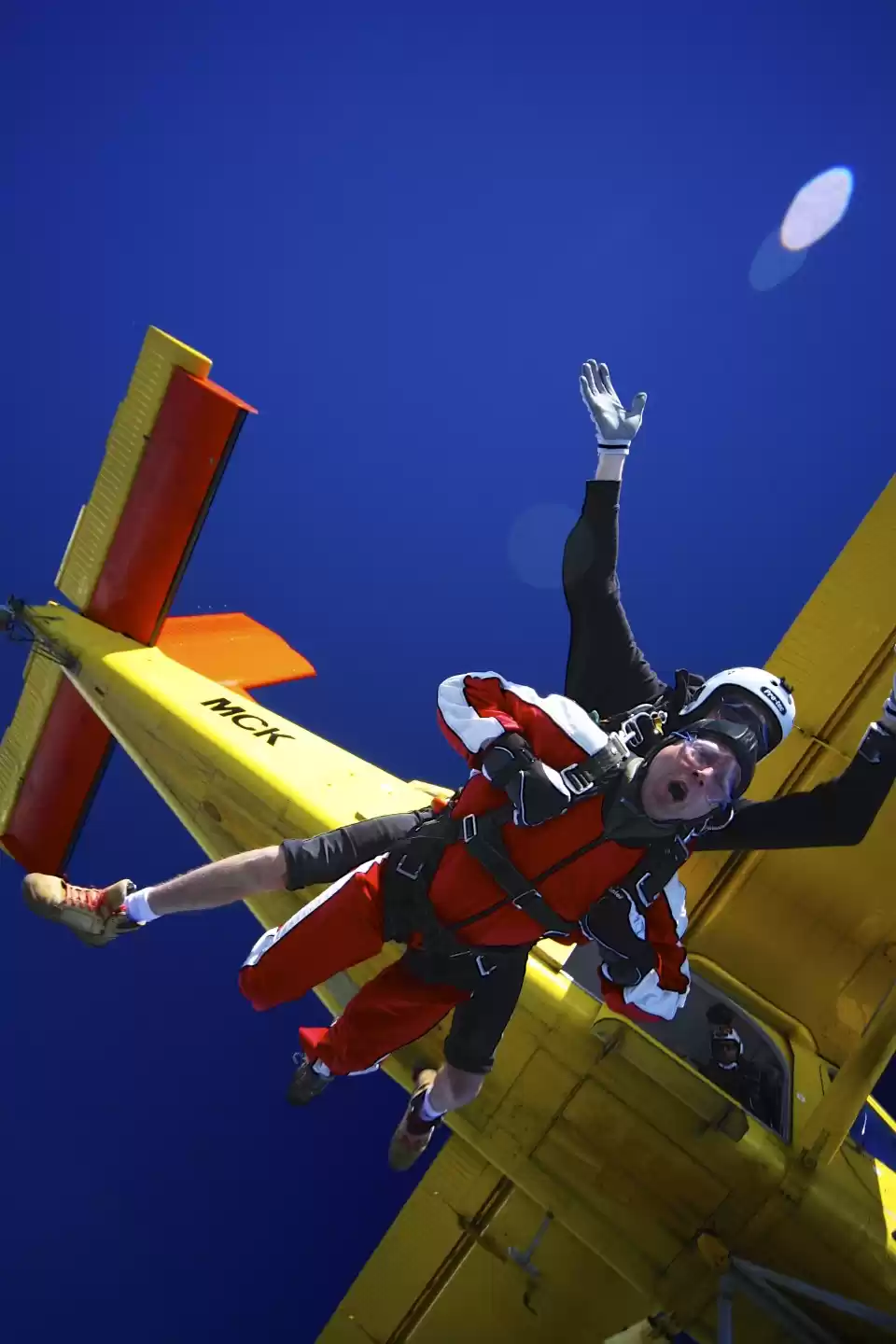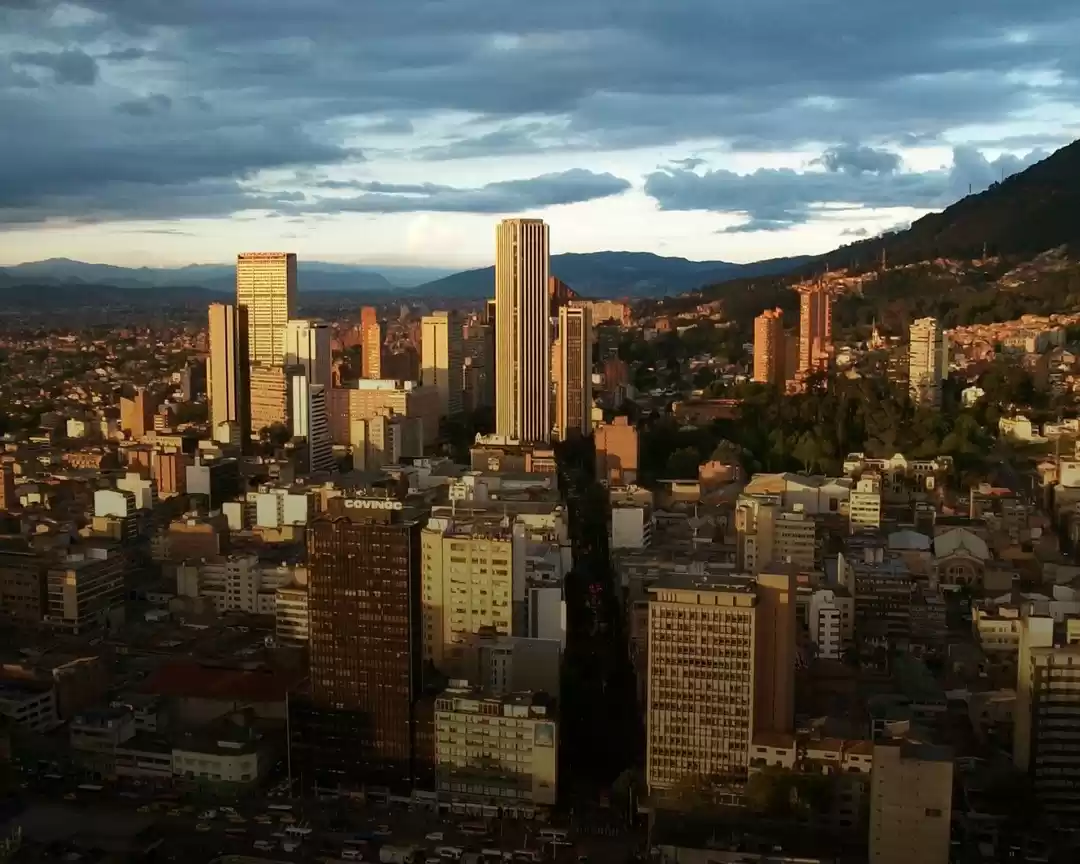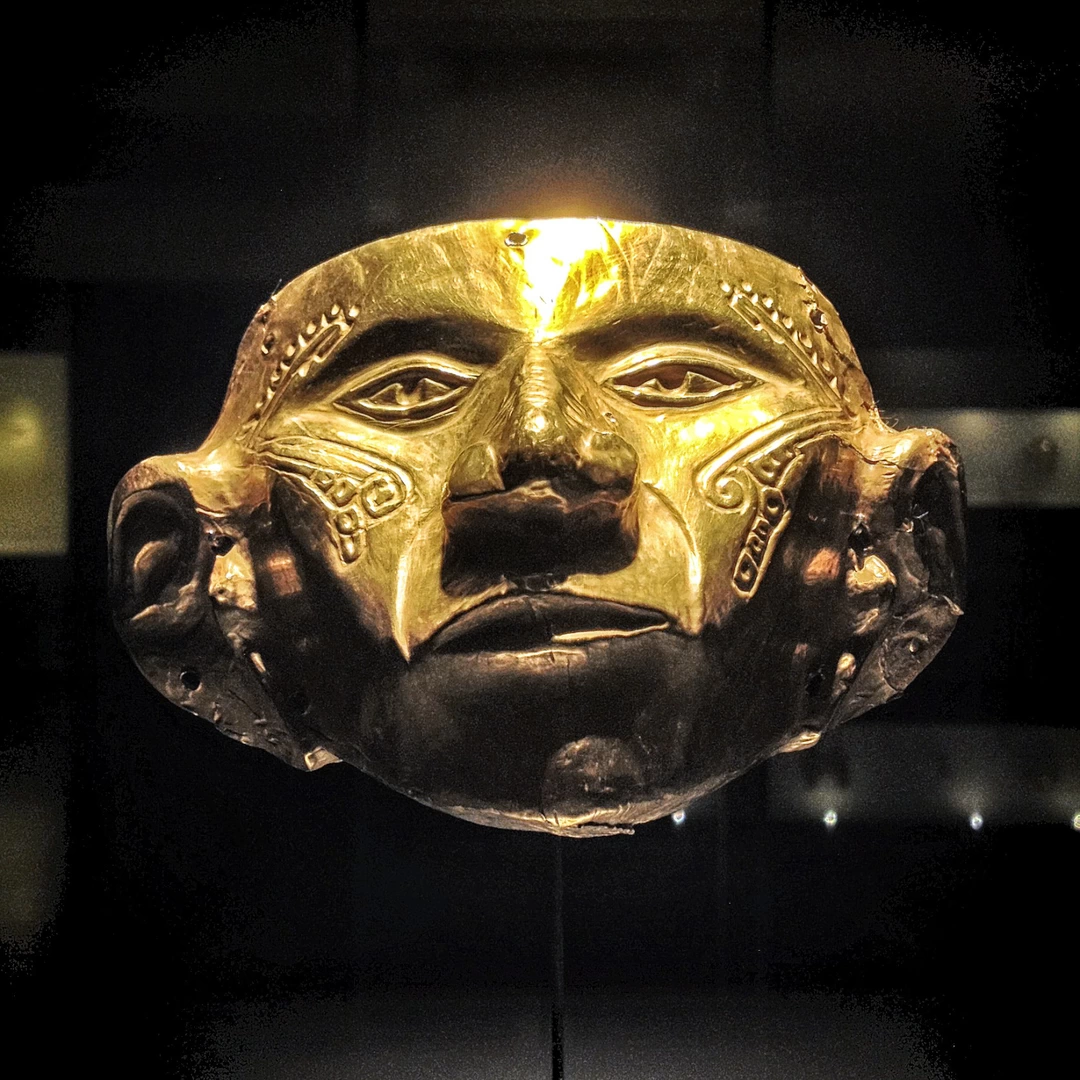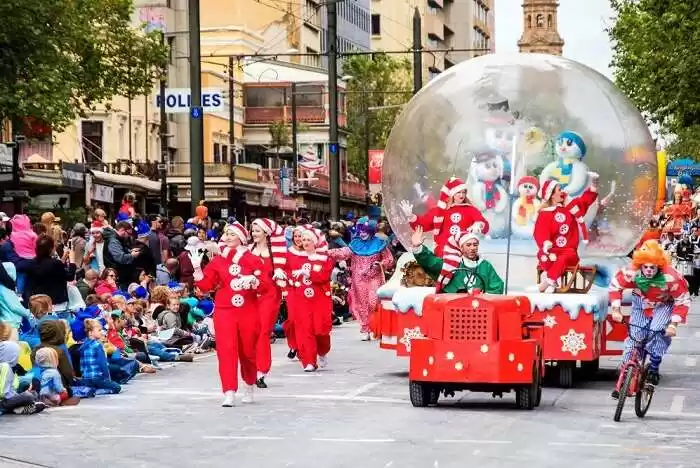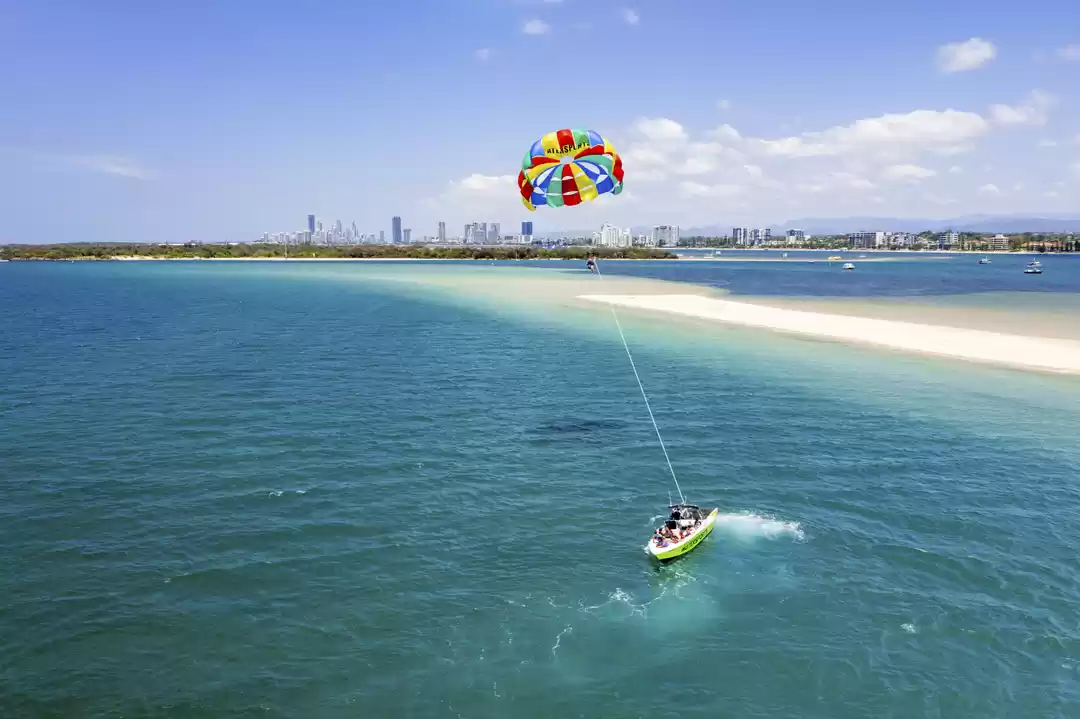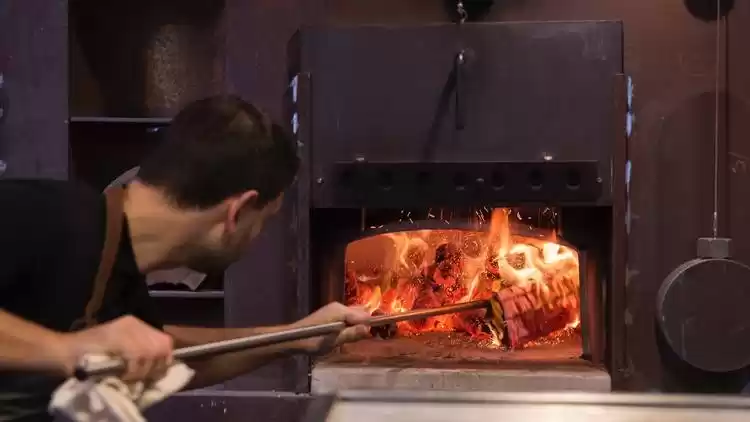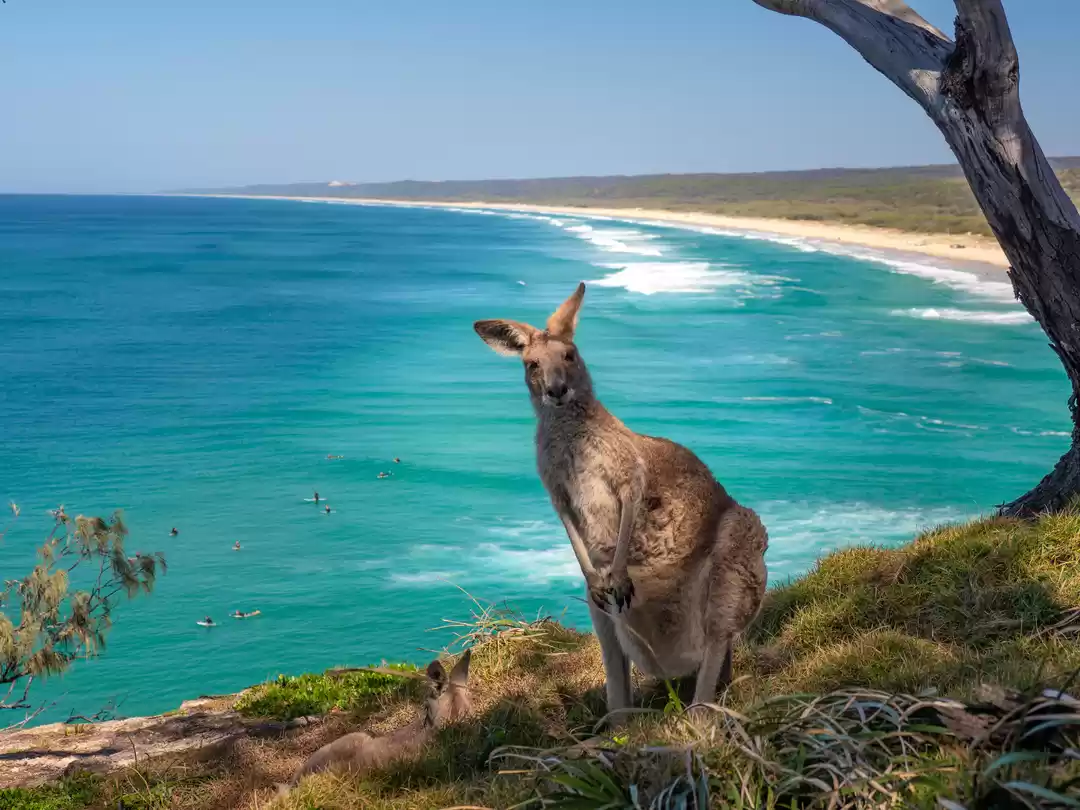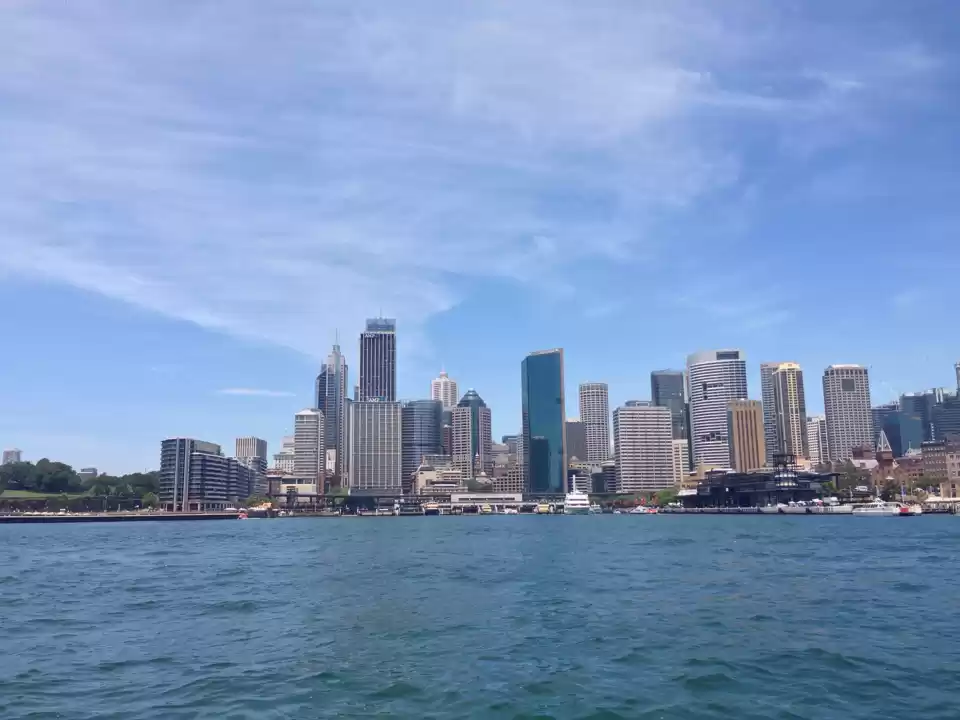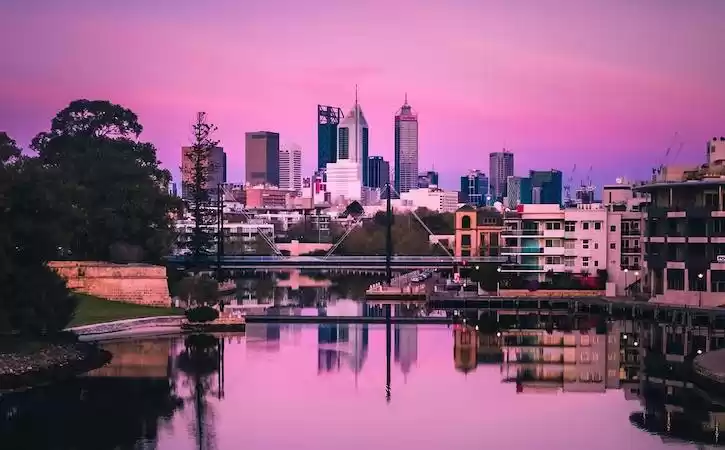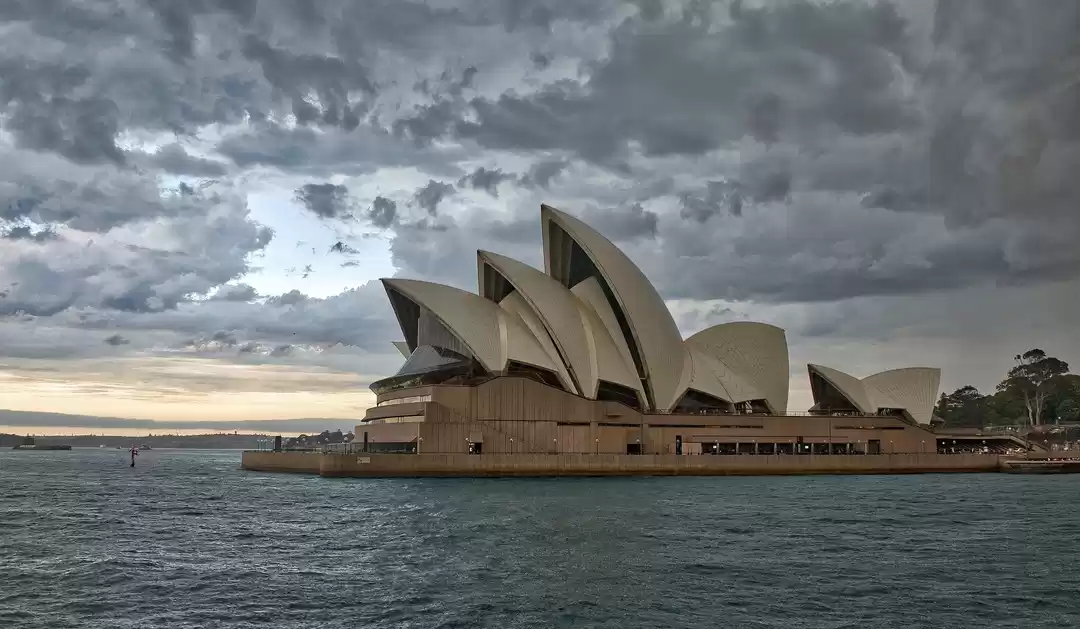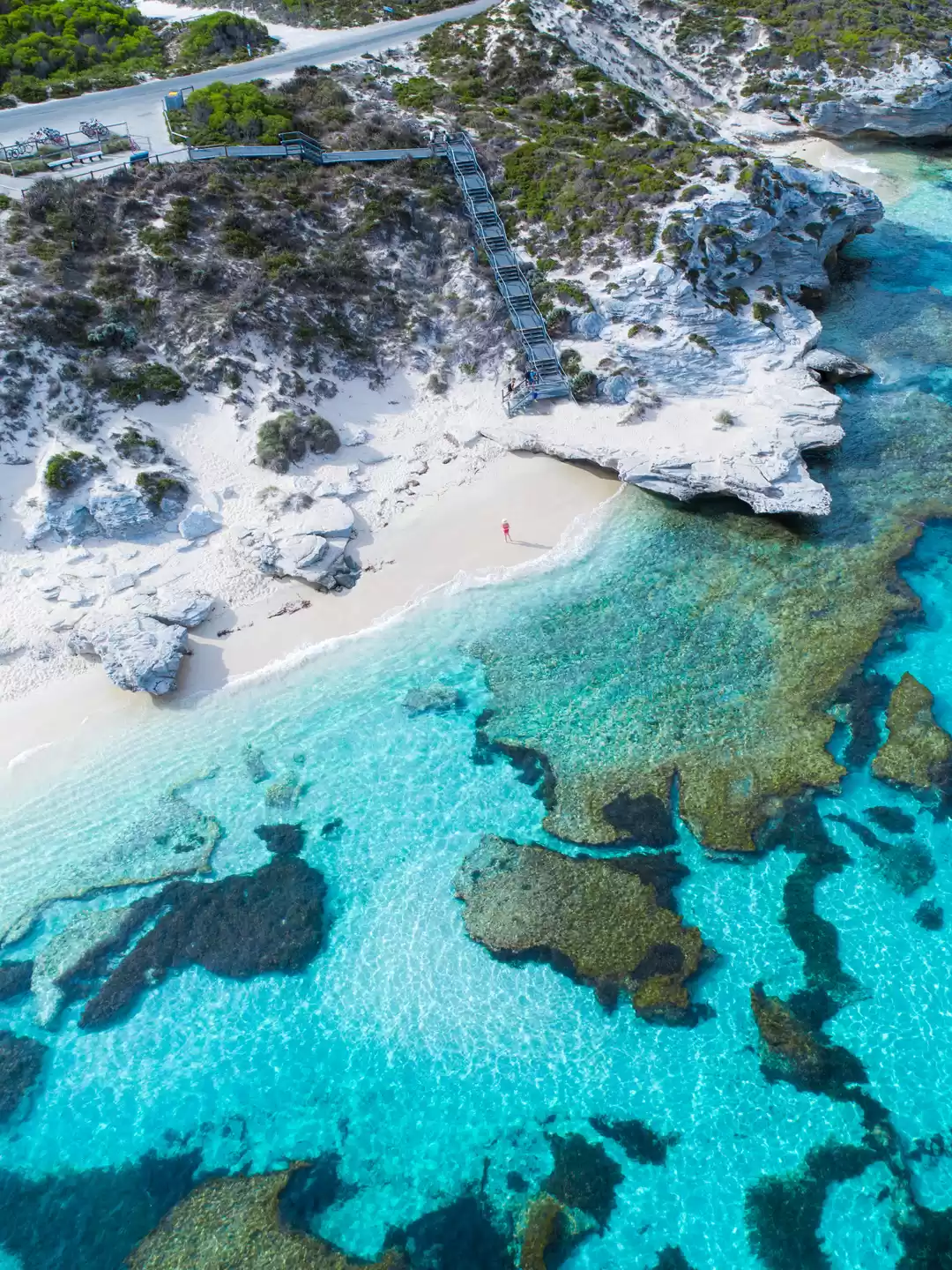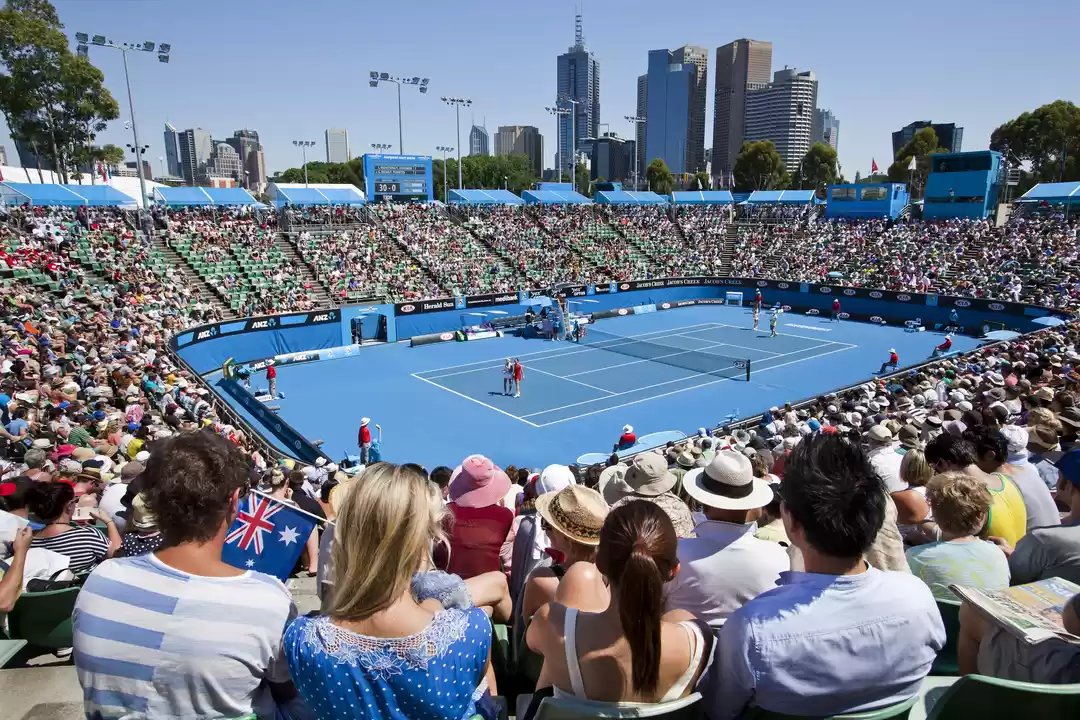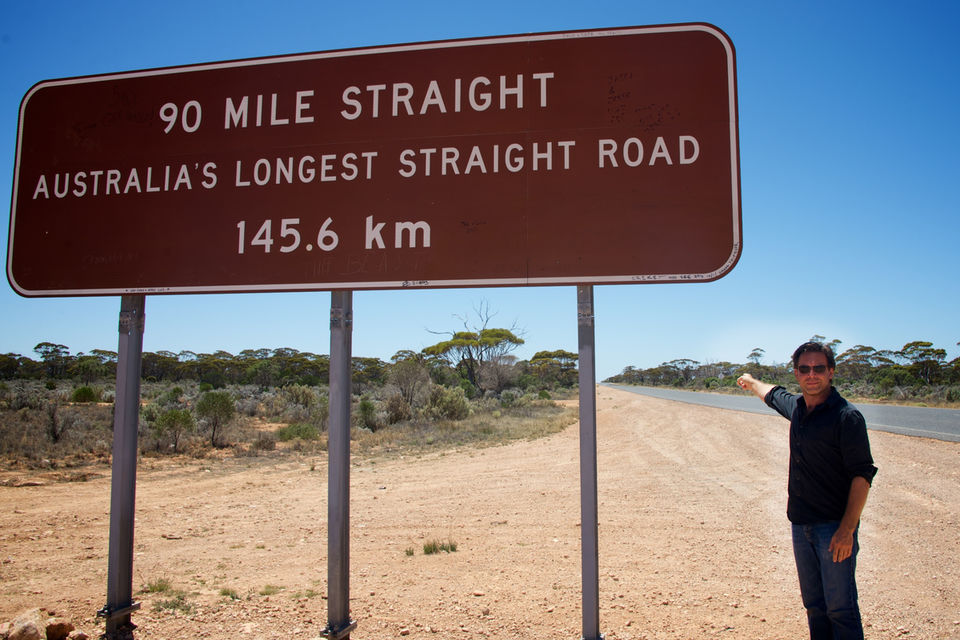
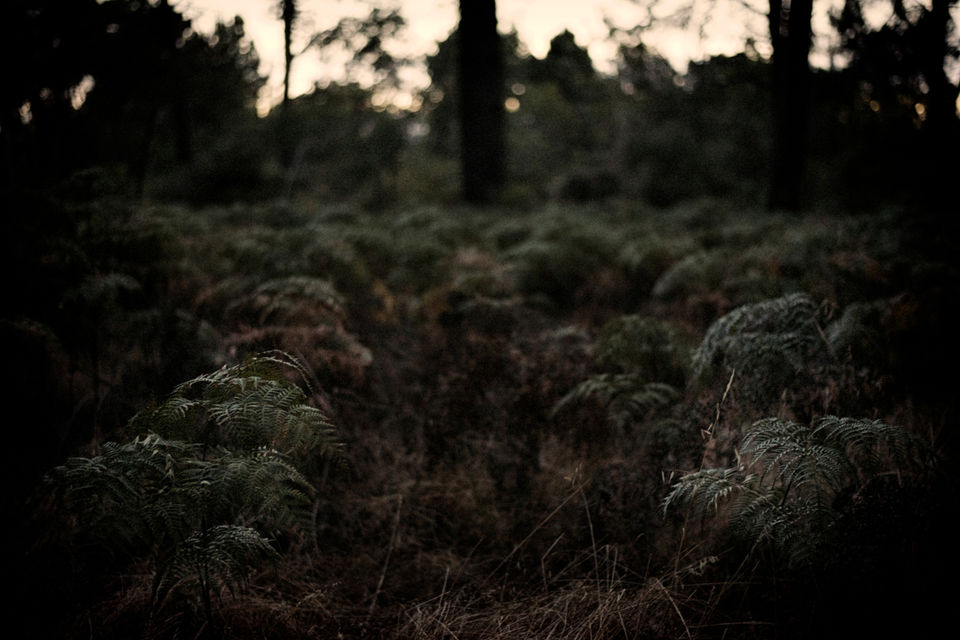
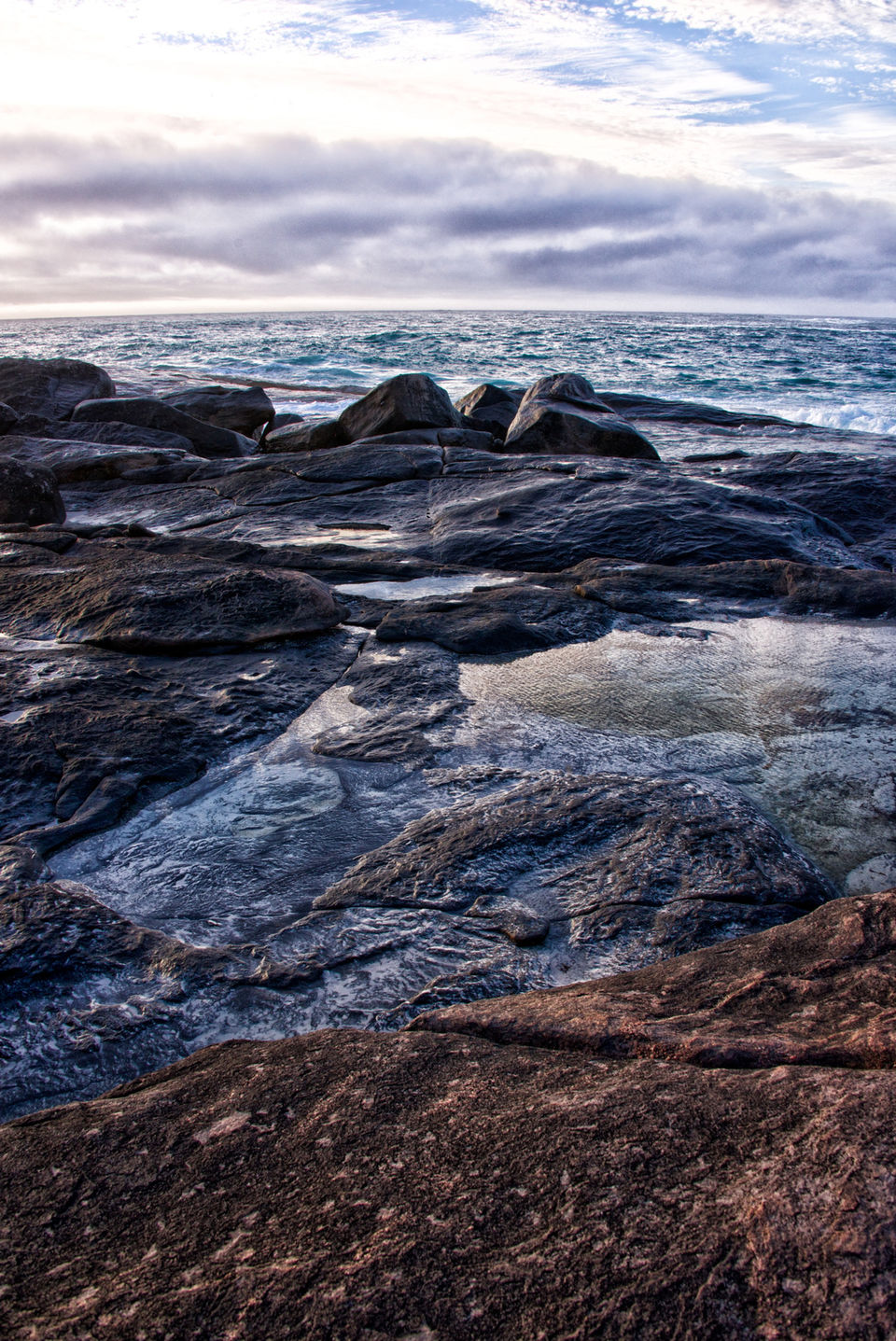
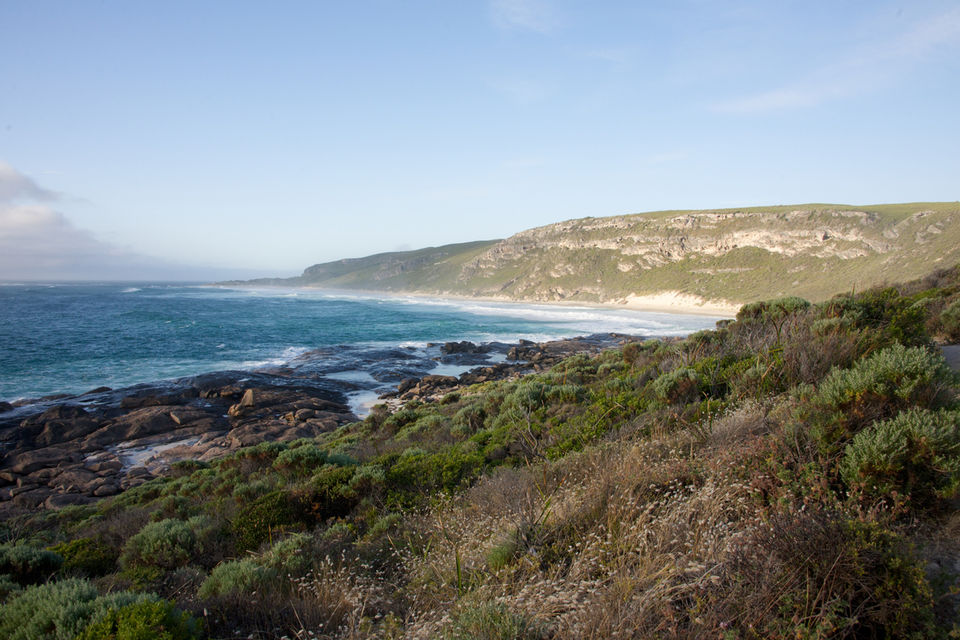
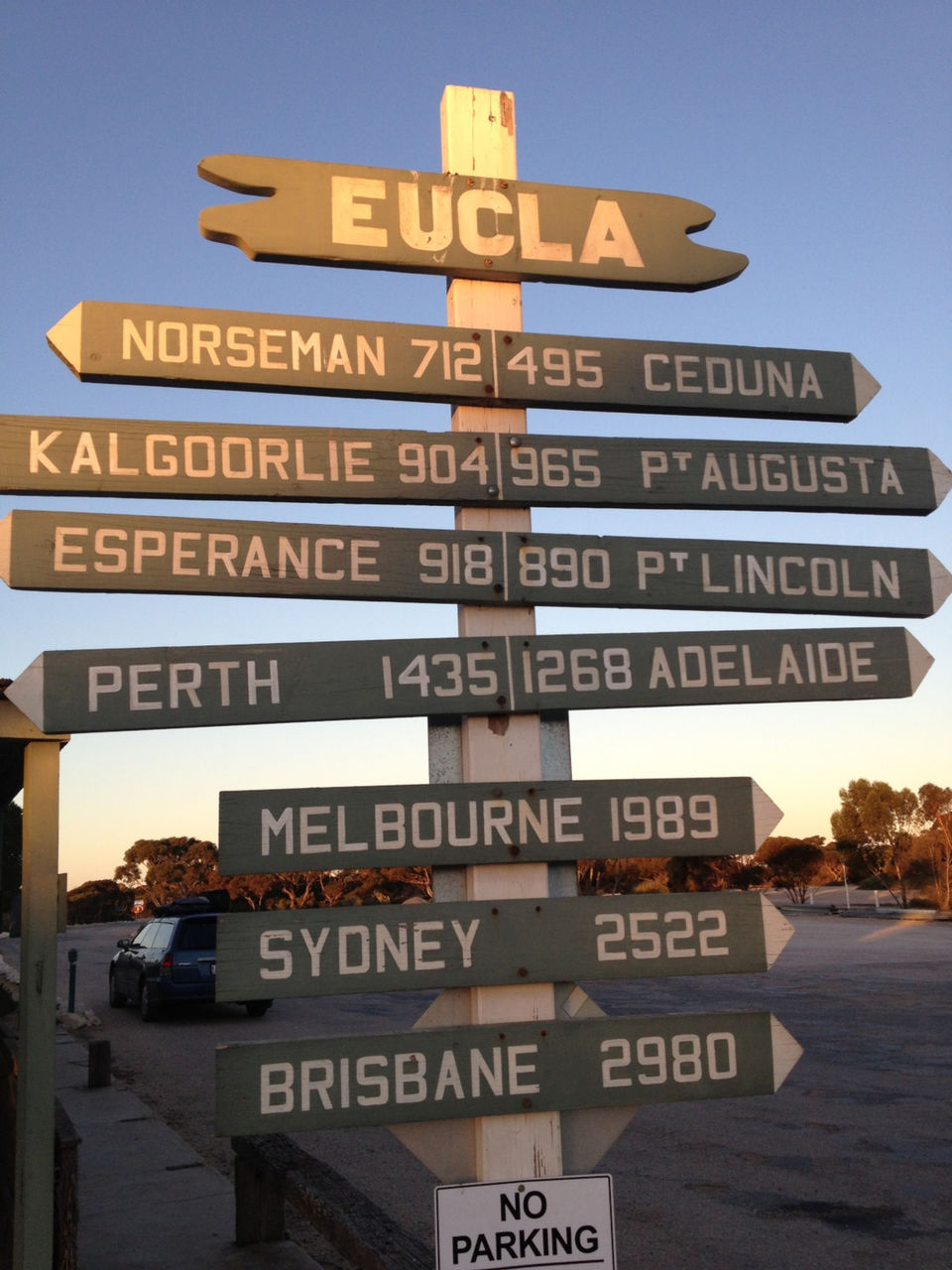
On Jan 14, I embarked on an epic, continent-spanning road-trip from Perth, the most isolated big city in the world, to Sydney, on Australia’s East Coast. Accompanying me is a German woman, Julia, who I met, again, on Couchsurfing. She has so far proven an ideal traveling buddy: cool, calm and easy-going. She loves nature, and would like to avoid cities. This sets up an interesting tension between us, as I’m a city boy and like nothing better than spending a day in a cafe with a ready supply of coffee and a fast wi-fi connection. We’re making our compromises. Given we have a month to live together out of a camper van, we’d better be able to get along!
For the first few days, we had a couple of Italian guys traveling with us as far as Esperance, which made the van a cramped place. Marco and Nasco were like puppies, snapping at each other in sharp Italian and proving themselves completely helpless when it came to cooking or cleaning up. They were obsessed with rolling their smokes, and whenever we stopped somewhere, they would have the doors open before the wheels had even stopped rolling, slapping around for their tobacco and papers and generally waiting for me and Julia to make a decision.
All this makes for interesting camping experiences. Most of the time we pull up in free sites, which are mainly spots to park and maybe pitch a tent. The first morning we did so, however, we were almost pummeled by a sudden storm. I was in my tent, fitfully snoozing, when I was fully awakened at about 5:30 a.m. by the incoming rolls of thunder. Realizing there’s no snooze alarm on atmospheric wakeup calls, I roused myself and quickly stowed my tent and gear in the van, waking the others and getting them inside and our gear safe and dry before the rains came.
And what rain! Sheets of it, almost solid in their ferocity. And in fact, as the storm grew in intensity, the pine trees around us began to bend to the will of the gale, and branches began falling around us. Quickly realizing we were in a copse of easily shattered lightning rods, I fired up the van, and hightailed it out of the camp.
And not a moment too soon. A large branch had fallen across the road to our left. The road seemed open to the right, but that was a false hope. Down the lane, an entire tree lay shattered, blocking both lanes. On either side, numerous broken corpses of pines and gum trees were testament to the storm’s fury. Off in the distance, to the west, lightning arced down against the angry, bruised sky again and again, bursting trees apart and sending power-lines down all over. Emergency vehicles were by far the most common cars we saw on the road in the early morning.
Later, however, everything cleared up like it had never happened. The skies cleared, the sun came out and the temperature soared. it was again a brilliant summer day in Western Australia.
As I said, this is a big, and big-hearted country. It’s got its flaws, and its insecurities. Its treatment of Aborigines is an open wound, and the legacy of its “Whites Only” immigration policy that lasted for almost three-quarters of the 20th century still lingers.
But it is also a country that takes care of its people. Its geographical isolation has engendered a sense of shared experience among Australians, as if the whole country is packed in a rather roomy lifeboat adrift, and people had better work together if they wanted to make it. There’s a refreshing lack of patience for self-importance. Australians will cheerfully take the piss out of you, but that just means you’re a mate. It’s very, very difficult to dislike a place like this.
I left Australia with a deep affection that I hadn’t felt before, and that’s because of the Australians themselves. From the western jackaroos of Perth to the urbanite hipsters of Melbourne, they are an extraordinary bunch from an extraordinary country.
Unfortunately—from a storytelling point of view—there was nothing uncomfortable, palpitating or even vaguely gruesome about my stay in Perth, other than the outrageous prices on everything. It’s a lovely city, lapped by the gentle waves of the Indian Ocean, with spectacular beaches, a decent local music scene and a food environment that, really, is a bit lacking in imagination. Thai and Nepalese are about as outré as it gets. But it’s really the people that I met that made Perth memorable. Sharon, my Couchsurfing host for about nine days, was a total gem. John, the organic gardener and character extraordinaire, was great. And the various other itinerants I met along the way—all under 30 and laboring under what seems to me a pretty exploitive work-holiday visa regime—for the most part delighted me. And a big shout-out to the rodeo crew who made New Year’s a blast.

Driving southwest through this part of Australia is simply breathtaking. Washed clean by frequent summer showers—that we saw can quickly turn into violent squalls—the air seems more transparent than in other places, and the land itself fresher and newer, although it is very ancient. The ambers and yellows and golds of the evening sun flow over the fertile hills like honey over fresh loaves of bread. It is perfect wine country, as the plethora of wineries in Margaret River shows. We were unable to stop at any, however, because I was outvoted 3-1 on most occasions.

As we headed north from Esperance toward Norseman, the forests of the coasts gave way to scrub. Spindly gum trees and sullen little bushes dotted the landscape. Every now and then, we pass what looks like a salt flat. The evening sunlight was low and angled, imparting a glow of gold to every tree trunk. I could see the scars of previous bush fires. Felled trees and scorched terrain spoke of the fires that burned on our left. The charred marks extended as high as my head on many of the gum trees. On my right, there was no scorching to be seen, indicating the fire never jumped the road. The landscape may as well be Mars, it is so alien. Often, flat-bottomed cumulus clouds drift lazily across the Australian skies, looking a little like Edgar Rice Burroughs’ airships of Barsoom. Adding to the sense of alien-ness, the gum trees reach their thin, infinitely bifurcating limbs higher, topped only by thin green leaves that give way to drier, amber tips. We rarely pass another car. For the most part, we have the road to ourselves. Highway 1 stretches out before us like a black ribbon, almost perfectly straight. I love it, the feeling of motion and freedom that comes with the drive. I also love that Julia is driving, and for the fire time in days, I can take in the countryside without worrying about flying off the road in a stray gust of wind.

We had entered the Nullarbor Plain, a “flat, almost treeless, arid or semi-arid country of southern Australia, located on the Great Australian Bight coast with the Great Victoria Desert to its north.” It is also, apparently, the world’s largest single piece of limestone and stretches more than 1,100 km from Western Australia into Southern Australia. It is hot, dry and dusty. Used by the nomadic Spinifex and Wanagi peoples, it was described as “a hideous anomaly, a blot on the face of Nature, the sort of place one gets into in bad dreams” by Edward John Eyre, the first European to cross the plain (1841.) The main highway through the land is named for him. I find this fact a bit sad, because while the land is harsh and unforgiving — you need to bring your own water with you — it’s got a grandeur and harsh nobility to it. It deserves a better highway than one named after a guy who hated the place. Strangely, for a region named for its lack of trees, there sure are a lot of them. True, they’re mainly sad-looking eucalyptus bushes — which often look like broccoli sprouts with a hormone problem — but by any measure they’re trees. Just before we left the lush wetlands of the southwest, however, I had my first run in with The Man outside Belladonna. Despite the Beast’s large size, it just wants to lunge forward when I put it in 5th gear. And so, I tend to let it have its head, and before I knew it, a cop car was approaching. As they passed me, they flashed their lights and I watched in my rearview mirror as they made a quick turn-around.

Heading further east, we hit the start of the longest straight stretch of highway in Australia, the 90 Mile Straight, which is actually 145.6 km long. This is the most isolated place we’ve been so far. Here the scrub really is scrub, and trees are few. Scrub brush comes right up to the thin strip of blacktop. The desert is hungry and wants to reclaim even this meager bit of civilization. For here, the civilized world is two-lanes thick and hundreds of kilometers long… It runs straight and thin as a garrote across the Nullarbor. There are no billboards, few road signs and only a few dirt tracks, capillary thin, branching off to god knows where. Most of the time, the place as flat as a billiard table. It is beautiful and terrible and awesome, in the truest sense of the words. I understand why Aborigines thought this place holy and settlers coveted it. Everyone who sees this land will be confronted by its sublime beauty. It is so wondrous in nature that it hardly seems natural. And yet, of course, it is.

We stopped in Adelaide for a few days, couchsurfing with Tony C. He’s a good guy, but like many Australians, he’s quite the character. Adelaide is one of those cities that at first glance is pretty, well-ordered and gives every outward appearance of a comfortable prosperity. People still say, “thank you” to the bus drivers here when they reach their destination. And indeed, Adelaide is in a bit of a bad spot. There isn’t enough water for South Australia’s growing population, and the economy isn’t growing as fast as it could be. It has the lowest average wage of all of Australia’s major cities and the highest unemployment rate. Young people have been moving to Melbourne, Sydney and Perth in search of better opportunities. Part of the problem is the country’s location. While Perth is often called the most isolated big city in the world, it’s still got a thriving port, a vibrant mining industry and access to world markets via the Indian Ocean. Likewise, Sydney and Melbourne are both closer to Pacific ports than Adelaide is. South Australia and Adelaide is an inconvenient distance from both hubs and from Darwin on the northern coast. There’s little incentive for companies to locate near Adelaide. I guess that’s why they make such good Shiraz and Riesling wines in the region. I managed to pick up a bottle of excellent Wolf Blass Shiraz when Tony, Julia and I popped into the winery one boozy afternoon.

How does one even begin to talk about this small moon base in the middle of the Australian outback? It’s the Opal Capital of the World, as it grandly bills itself, and it has suffered the boom and bust cycle that is so common of extractive economies. But what is most interesting, besides its surreal desert landscape, is that 40 percent of its people live underground in “dug-outs”, many of them quite modern and spacious. Going down into one is like going down into a bomb shelter of the 1950s, or perhaps the underground lair of a Bond villain, as Bill Bryson wrote in his book. There were a number of underground hotels, but we pitched up at a caravan park, Riba’s, on the outskirts of town. It allowed underground camping, but I didn’t like it. It was too creepy, too claustrophobic and too hot. It was cooler outside — and I had cellular signal. I offered Julia my spot in the underground camp site, but we couldn’t peg the tent, so she declined. The town was, as someplace like it should be, full of “characters.” By far my favorite — other than creepy Barbara, at Riba’s, who seemed deaf and totally lacking in social skills — was Terry Kuss, who was married in the outback. He says he was mentioned by Time magazine in a 1990 story on Rev Malcolm Thomas, who traveled Australia as an itinerant preacher. I looked for the article, but haven’t been able to verify his claim to publicity.

. After almost a month on the road, thousands of kilometers, hundreds of liters of petrol and a couple of snippy conversations, Me, Julia and her friend Steffi, whom we picked up in Adelaide, made it. I dropped the girls off and went to meet my friend Andrew West, a radio presenter with the ABC with whom I had gone to graduate school. Farewell, AustraliaOur journey was at an end, and my time in Australia, too, was drawing to a close. I confess, I didn’t have the energy to properly enjoy Sydney, but I could tell it was a rich, glorious city. Sydney Harbor is a jewel, and the Opera House and the Harbor Bridge invite you to find a café, read a paper and just watch the mix of Australians — all seemingly tall, good looking and healthy — pass by. In the harbor itself, more likely than not, you’ll see an armada of sails skipping across the water as captains and pilots race their catamarans and sloops back and forth between the ferries plowing their way from Sydney to Manly and to other beach ‘burbs nestled in the hills that gracefully fall into the sea.

Frequent Searches Leading To This Page:-
top australia tour package with price, cheapest australia tour package, australia tour packages from india, australia tour packages from ahmedabad, cost for 7 day trip to australia



